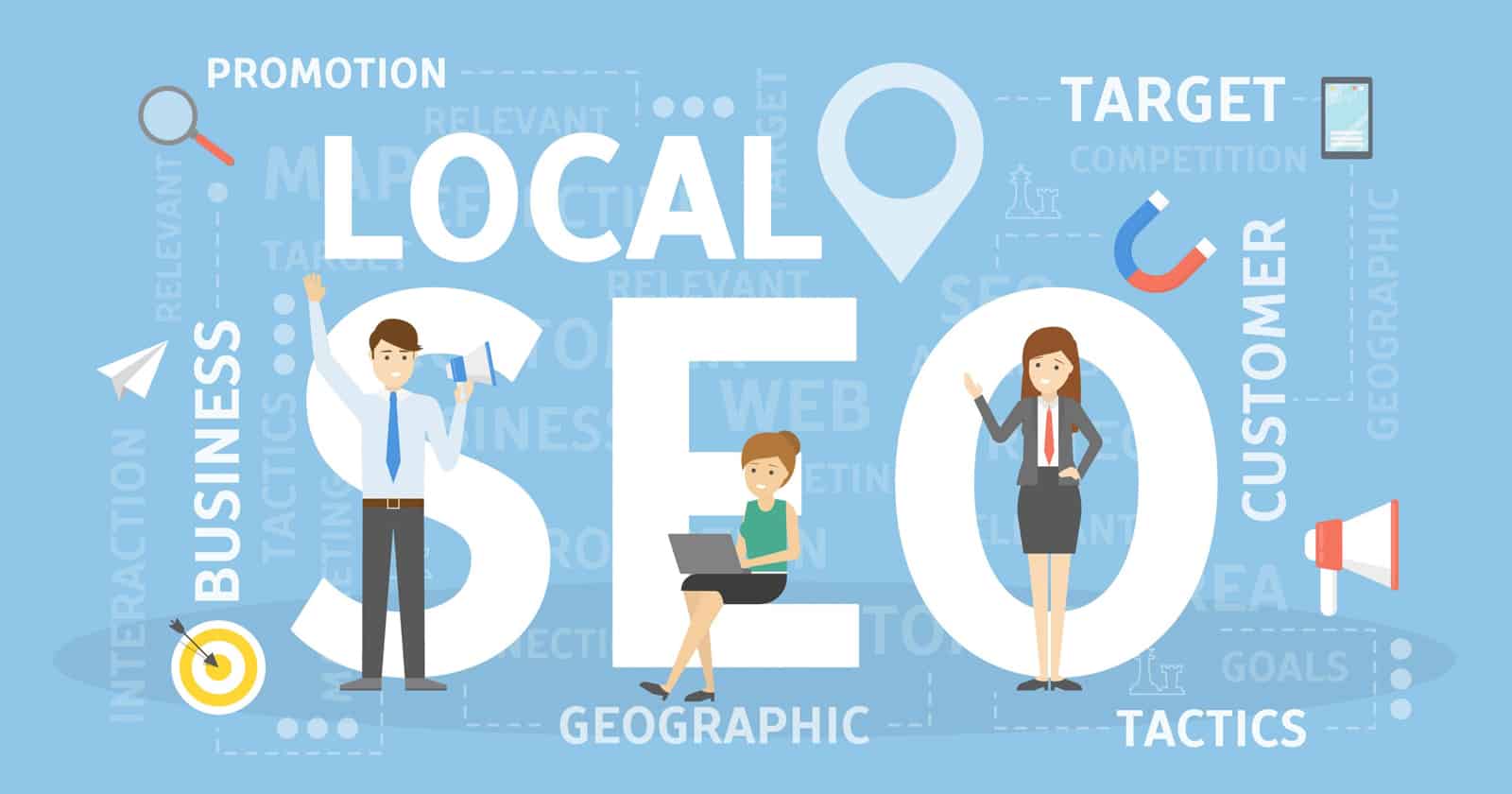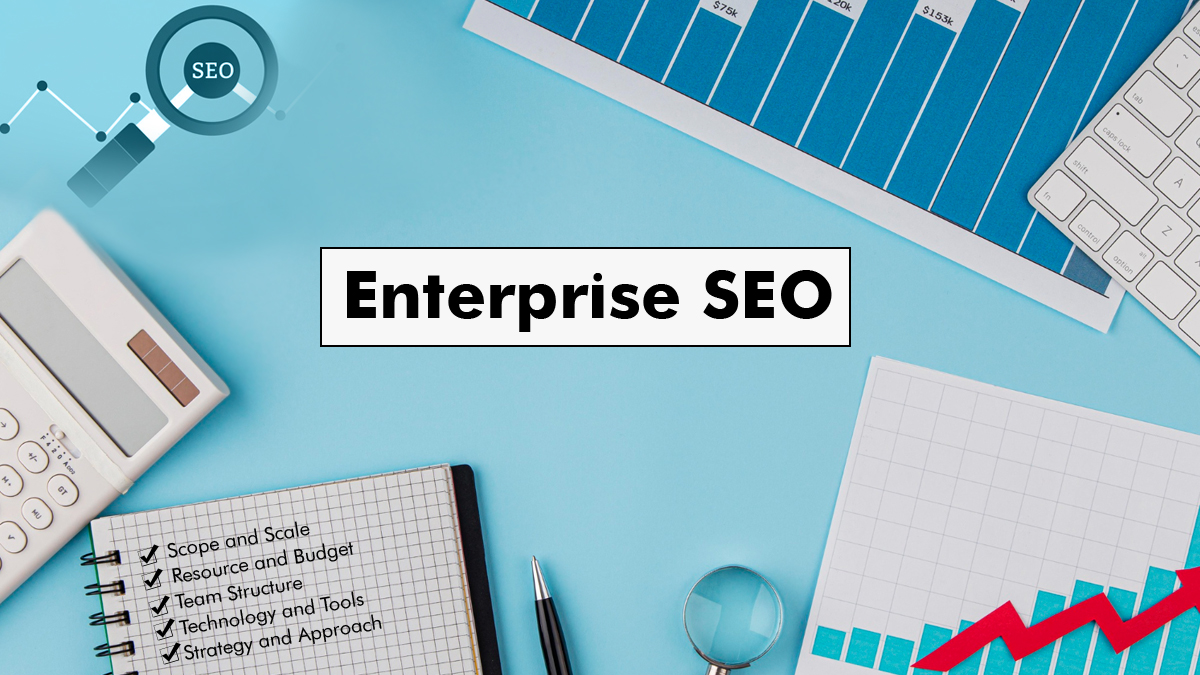Do you run a local business? You need to work on local SEO.
SEO is a crucial element of running a business these days. After searching for nearby products/services online, 76% of consumers visit a business in a day. Among the total local searches, 28% of them lead to a purchase.
But before focussing on local SEO, you should know how to implement the most effective strategies. As per research, approximately 70% of small businesses don’t have a proper strategy. However, if you avail of SEO services the experts can implement the right strategies.
When you combine and implement both local SEO and overall SEO perfectly, you can easily get displayed on SERPs and attract more target customers than your competitors. Once you set and implement proper strategies, you can strengthen your local SEO base.
Do you want to significantly improve your local SEO performance this year? Then read this post to learn the most useful tips to do so.
Here are the local SEO tips to follow in 2024:
1. List Your Business in Google My Business(GMB) Listing
If you want your business to rank in local searches, you need to create a Google My Business (GMB) listing. Listing your business on GMB is almost equivalent to getting listed in the yellow pages. As per a study, GMB listings are the topmost influencing factor when it comes to local SEO. As it is a crucial ranking factor, you must do it.
Moreover, creating a GMB listing is quite an easy task. But, you need to make sure that you fill up your full profile. Google displays a visual that reflects the completeness of your profile. Ensure you get this metric to 100% by filling in all the fields.

Besides filling your profile, you should list all your products, services, and a secondary business category. Google will ask you to mention the main category from an auto-set list of options. After doing that, you can also choose a secondary category, which adds more value to your offerings. As several businesses fail to do it, you can do it to give yourself an edge over your competitors.
If you add the subcategories to your GMB listing, your business always ranks higher on Google Maps. Once you are done listing your business on GMB, you should use the Google Posts feature to improve your local SEO. This feature helps you to create brief posts for your customers and prove to Google that you actively manage your listing. To make the most of this feature, share such posts on your business social media profiles.
Google gives more value to those businesses that have a wide social media presence. When you drive maximum traffic to your Google Posts page, Google understands that you offer precious content and updates.
2. List Your Business in Other Popular Online Directories
Listing your business on GMB is not enough. You must list your business in the well-known online directories. Almost all local SEO guides give this tip as it is a vital SEO factor.
Below are some of the main online directories where you can list your business:
- About Us
- Best of the Web
- HotFrog
- Bing Places
- Angie’s List
- FourSquare
- Yelp
After listing your business in national and international directories, you need to see if there are any other online business directories related to your location. Listings on these online directories will send more local SEO signals to Google.
3. Add Correct NAP Information to Your Listing
When you create business listings, you should add correct NAP(Name and Place) information. Google can easily trust all your listings if they have the correct information. Whenever there is any discrepancy, Google can’t implement any technique to know which is the right information.
An incorrect phone number of your business on a listing is a red flag. Google may stop showing your GMB listing as they can’t understand if your business is legal. Besides using the correct NAP information, you should also make sure it is consistent. Now, Google doesn’t understand variations like apartment vs. apt clearly and might consider both of them as different information. Thus, you should keep your NAP information the same if it is possible.
Besides adding and maintaining accuracy in your NAP information, you should always keep an eye on it even in the future. If your business shifts to any other location, you must update the change in information across all online platforms at the earliest.
Moreover, you should monitor your Google My Business listing NAP information. Nowadays, customers can suggest edits or changes to your business profile details. Google can always update the information depending on their suggestions. Anyone can make a suggestion in error or in an attempt to ruin your brand image and you should be able to identify that immediately.
4. Add Target Keywords
One of the primary aspects of local SEO is targeting local keywords. You need to research long-tail local keywords for your business even though they are quite self-explanatory.

For example, if you have an electronics company in New York City, you will want to compare search volumes for different search term variations such as “electricians, NYC” and “electricians, New York City”. You may also feel like narrowing down into hyper-local keywords, like ” electronics services, Manhattan”.
5. Use Local Keywords to Optimize Your Website
When you have a list of local keywords that you want to rank for in SERPs, you need to optimize your website by adding them to content. This is one of the oldest local SEO tricks that still work for your website in 2024.
Website optimization is an entire topic on its own, but you need to implement a few primary onsite local SEO strategies. First, you need to ensure that your website home page and any service pages consist of the local keywords you want to rank for in – headings, title tags, meta description, body, and footer.
You can also try to add the main local keyword to the URL if and when you can. Make sure you add keywords naturally but not the stuff in your content.
6. Draft Local Content
When it comes to working on your local SEO, you just can’t afford to miss local content. Almost all businesses prioritize non-local content in their content marketing campaigns. By doing so, businesses reach a broader audience and drive website traffic. But focussing on non-local content won’t help your locally focussed business.
To boost your content marketing strategies and generate maximum leads, you need to create local content. You can draft local content on different topics. Incorporate the most relevant local keyword to relate your local content to your products/services.
If you are a plumber, you can write and optimize a blog post on the topic, “How to Find the Right Plumber in Your Location”. When you write blogs on relevant topics, you can naturally add local keywords to the content. Besides these kinds of posts, you can also write and post content on news and events in your sector.
7. Optimize Your Website for Mobile Devices
People tend to access any website via their smartphones. So, you should optimize your website for mobile phones. A mobile-friendly website always helps to boost your local SEO performance. 30% of all mobile searches are location-specific, which means many customers who find your business on local search tend to be on their mobile devices.
If your website doesn’t reflect perfectly on mobile phone screens, or users experience navigation issues, your business leaves a negative impression on target customers. They will leave your website immediately and visit your competitors’ websites who have a wide online presence and seem more professional.
8. Optimize Your Website for Voice Searches
Besides optimizing your website for mobile devices, you can optimize it for voice searches. According to research, mobile voice searches are 300% more likely to have local intent than text online searches.

Voice searches are quite new in the local SEO world. Many brands have not yet optimized their websites and content for voice searches. By optimizing your website for voice searches, you can stay ahead of your competitors.
9. Build Internal Links
Internal links are a vital search engine ranking factor that helps in boosting both local and traditional SEO. Backlink building is not a cakewalk as you need to implement certain tried-and-tested strategies to get the desired results.
Get in touch with known people in your industry, such as suppliers, contractors, partners, nearby businesses, wholesalers, and distributors. Prepare a list of such businesses and then search for pages on their websites where you can place a contextual link. Then, you can contact the businesses on your list and suggest the link positioning.
Guest posting is another strategy to generate contextual internal links. If the businesses on your list have a blog, you can create content for other websites that has a link to your website. It is advisable to focus on building backlinks from worldwide famous websites, like HubSpot.
10. Create a Service Page for Every Location
If your business caters to customers living in multiple locations, you need to ensure that you rank in local searches for all those locations. You can do this easily by creating location pages.
For instance, you offer services in Texas, Los Angeles, and New York. So, you should create a service page for every city rather than having a single service page that lists these locations.
You should optimize all service pages for local search terms and fill them with unique content. When you use similar content for all location-based service pages, they will display as duplicate content on Google, which affects your website ranking and domain authority.
11. Manage Google Reviews
To maintain your Google My Business profile, you should manage your Google reviews consistently. Positive reviews improve your brand reputation and domain authority in the eyes of Google. On the contrary, negative reviews can negatively affect the ways Google displays your listing and web pages in search results.
There is not much you can do to stop posting negative reviews besides optimizing customer service as much as required. But, you can always manage the negative reviews. If you reply to negative reviews with the assurance of resolving customer issues, Google likes your response.
The search engine understands that you actively handle disputes, listen to customers and try your best to improve their experience with your business. If you reply to negative reviews, you get a chance to retain customers whom you have lost and build relationships with new customers. People seeing your response understand that you are committed to making customers happy.
You can also use negative reviews to benefit your business by creating content that focuses on them and adding common keywords to your entire SEO strategy. No matter what, you should always check both positive and negative reviews.
Make sure you manage reviews across all listings and platforms. Google reviews may have the highest value with the search engine. They tend to matter in reviews and responses on other platforms such as Angie’s List and Yelp.
12. Focus Beyond Local SEO
Local SEO is extremely important for most physically located businesses, but traditional SEO is also crucial. So, never forget about traditional SEO. Google itself has said that organic search engine ranking is a crucial element in local SEO. A lot of traditional SEO components, if they are not implemented, can ruin your local SEO.
As we all know, page speed optimization is a vital player in general SEO. When a customer visits your website via a local search, but it doesn’t load, they leave and visit your competitors’ websites.
13. Work on City Pages for Nearby Markets
City pages are the ways your business gets found in nearby cities. When you work on improving local SEO for Google Maps, you can optimize the local settings where you have an authentic Google My Business listing. It is all about the city and address where your physical office is based.
So, what about your business getting found in surrounding markets or cities? This is when City Pages come into the scene as that helps your business to get discovered in surrounding metro areas.
City Pages apply to the Google organic search results. But, a huge number of people in a city will still check the organic search results to find what they want.
14. Add Location Signals
Location signals are data points that you add to your City Pages that help in solidifying your targeted metro/location area.
For instance, you are a car accident lawyer in Marietta with a verified GMB listing that has a Marietta address. But you also want people in Atlanta to find you when they search for a car accident lawyer in Atlanta. Thus, you need to have a City Page targeting Atlanta Car Accident lawyers and within that City Page, you would integrate location signals.
Location signals are data points that help signal to Google the targeted metro location on your page. They comprise data points such as leading restaurants, hotels, pubs, bars, and school districts. The signals comprise any important or geographic data point that is related to your targeted metro location.

After listing out certain location signals in your City Page, you can link out directly to the main websites. It is advisable to “do-follow” those links as they help your website to build a natural presence in search results and reflect your willingness to use excellent resources. The natural presence via the use of “do follow” external links add more credibility to your City Page.
With more credibility, your website can rank higher on search engine results, drive more website traffic and customers. Before competing in Google Maps, you must verify the GMB listing for your business. The verified listing should reflect your business address and location that include operational hours, local phone number, and a link directed to your website.
For instance, if you run a restaurant, you can even add links to your menu. If you run a business that accepts appointments, you can add links to where your customers book appointments.
To be successful in the Google My Business listing, you need to have full and precise information related to your business. If your GMB listing is incomplete or does not have the correct information, your brand presence in search results may suffer due to a lack of relevance.
Verify GMB listing via verification postcard or video. The latter is the most recent technique to verify GMB listing.
15. Use Google Posts
Google introduced a new product for GMB owners, called Google Posts. It is a way for GMB owners to post information and updates regarding your business directly in their GMB accounts. The new Google posts will display in SERPs with GMB listing. They are a perfect way to communicate with your customers and target audience.
You can post customer reviews by simply copying the Google reviews from the GMB listing and reposting them as a Google Post. Publishing events is a good Google posting idea.
Normal Google posts expire after a week, but the posts stay until the end of the event date. One of the Google Post expiration period exceptions is events.
16. Distributed Citation
Google assesses your citation distribution and portfolio. It also checks the authority, consistency, and volume online as a means to find rankings in Google local search or Google Maps.
A citation is a posted version of your business name, phone number, address, and website link. GMB listing uses data as the base attention which Google uses to evaluate consistency. If you have citations published across the web that don’t match GMB listing data, you won’t be able to create large-scale inconsistencies that degrade your rankings and local search presence.
If you distribute a precise representation of citations across genuine channels, you can achieve large consistency and authority that returns to deliver high rankings in Google local search for high value and competitive keyword phrases.
It is advisable not to use business listing services(such as Yext and Moz Local) as they are API-activated, which means they automatically distribute citations to associate with network websites. These API citation services automatically post content on other websites, which is something that Google focuses upon. With the more authority of your citation portfolio, you are more likely to compete and get discovered in local search results for highly relevant keyword phrases.
The Bottom Line
As an increasing number of customers are moving online, local SEO has become more crucial for your business in 2024. Now, you know the most useful local SEO tips which you can implement to grow your business in local search results. You need to invest a lot of effort in full SEP strategies.
Are your competitors still ahead of you even after implementing some of the tips mentioned above? Then, you can hire a reputed SEO agency that can implement the most potent techniques to improve your search engine rankings and your business’s online presence in search engines.
The highly-experienced and skilled professionals find out what holds your business back in search results and why your competitors are ahead of you.
Frequently Asked Questions
How does local SEO work?
Local SEO works similar to “normal” Google search. When someone types a keyword, Google scans its index to provide the best results for the query. What makes Local SEO different is that a different set of ranking factors is used by Google to rank the local search results. Some of these factors include:
● Location of the searcher
● NAP Citations
● Keywords in GMB profile
● Google Maps start ratings
● Online reviews
What effect does link building have on local SEO?
Links are important forlocal SEO in particular because they boost your local rankings, which increases the chance of making it into Google’s local three-pack. This map-based display for local search results helps searchers to find your business’ address, star rating, and phone number.


























 RSS Feeds
RSS Feeds